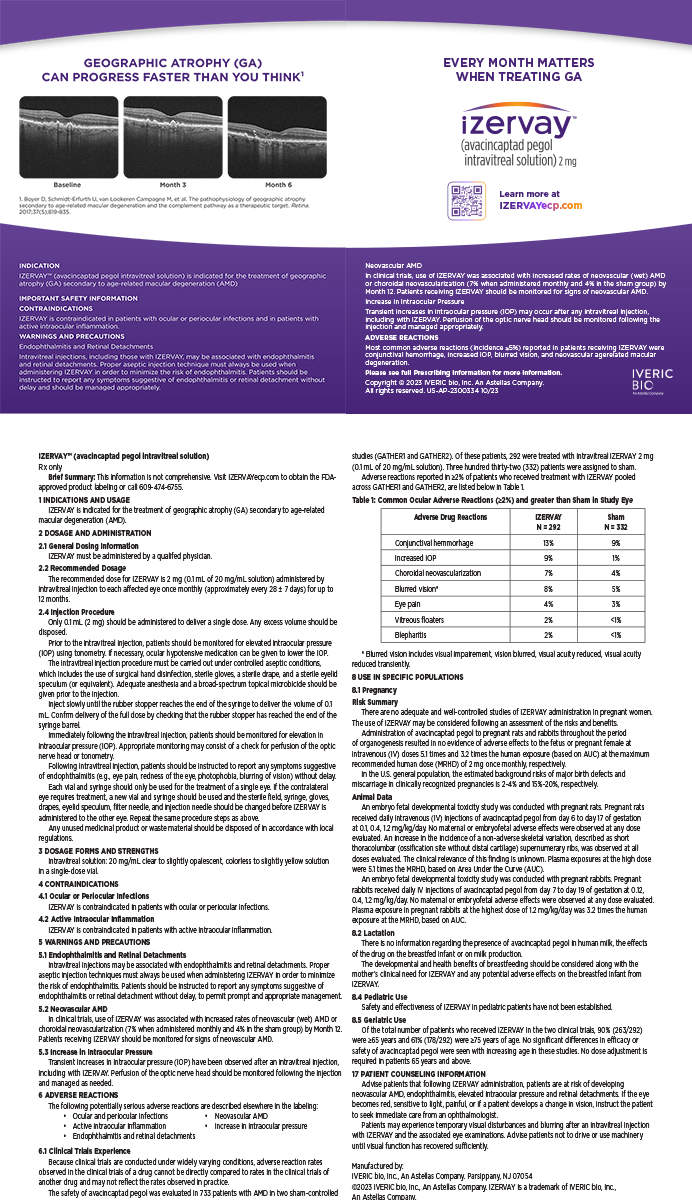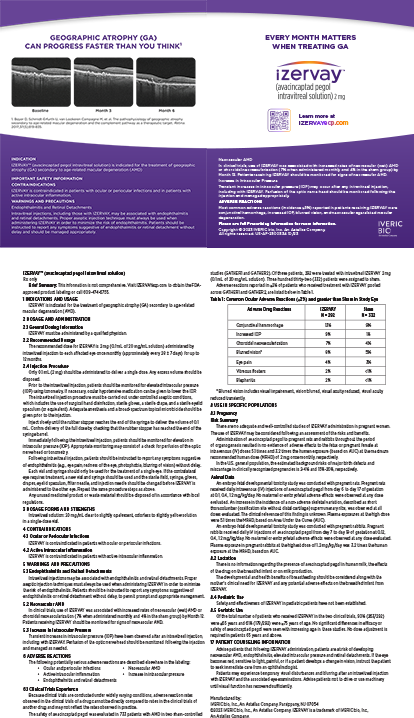The goals of anesthesia in outpatient cataract surgery are to maintain the patient's safety and comfort, anesthetize the ocular tissues properly, and, in more complicated cases, achieve akinesia while maintaining normal intraocular and orbital pressures. Over the past several years, the trend in cataract surgery has been to transition from anesthesia delivered by needle injection to topical anesthesia. Following are some tips from my experience on using Xylocaine 2% Jelly (AstraZeneca LP, Wilmington, DE) during cataract surgery.
THE MOVE TO TOPICAL
The main impetus for cataract surgeons' transition to topical anesthesia is the risk associated with needle injections. Injury to the ocular or periocular structures can result in complications ranging in severity from posterior positive pressure to iris prolapse, and even to choroidal hemorrhage and retinal detachment. An injury to the ocular muscles, either from the needle itself or owing to a toxic effect of the anesthetic, can result in postoperative diplopia, which can be permanent and require the patient to wear prisms or undergo strabismus surgery. Other potential complications include retrobulbar hemorrhage, optic nerve injury, and the misdirection of anesthesia into the subarachnoid space or even an artery.
Although peribulbar blocks evolved as a method to reduce the risk of retrobulbar hemorrhage, they can still result in orbital hemorrhage, globe perforation, and retinal detachment. A subTenon's injection generally lowers the risk of retrobulbar hemorrhage and retinal detachment, but it often yields incomplete akinesia, as can a peribulbar block. Retrobulbar blocks still have a place, however, especially in more complicated surgeries for which we desire excellent anesthesia and akinesia, as well as a rapid onset of action.
Another factor in the switch to topical anesthesia is the increasingly high expectations of patients. They frequently want immediate results without pain, without downtime, and often without sutures—all at an affordable cost. Fortunately, advances in surgical technique and technology (such as smaller incisions, foldable IOLs, and newer phacoemulsification software) lend themselves to the use of topical anesthesia.
This method of anesthesia allows cataract surgeons to eliminate the risks associated with needle injection. It offers the additional advantage of keeping the cornea well lubricated. From a patient's perspective, visual recovery is rapid with topical anesthesia. This modality augments patients' postoperative comfort by eliminating the need for a patch after surgery. More importantly, topical anesthesia permits the early application of eye drops postoperatively, including anti-infectives and anti-inflammatory agents that help prevent complications and improve surgical outcomes. At The Wilmer Eye Institute, we use lidocaine 2% gel formulation for approximately 90% of routine cataract cases.
TOPICAL AGENTS
The most widely used topical agents are proparacaine, tetracaine, cocaine, lidocaine, and bupivacaine. Ophthalmologists use proparacaine daily. Both proparacaine 0.5% and tetracaine 0.5% have a rapid onset of action (within 1 minute) and a duration of 15 minutes. Tetracaine may be slightly more toxic to the ocular surface. Cocaine, used at a concentration of 0.5% to 2%, also acts rapidly, but its duration of action is slightly shorter. In addition, cocaine may loosen the corneal epithelium and cause recurrent erosion or a corneal abrasion intraoperatively. The drug also acts as a vasoconstrictor and may dilate the pupil, so its use has been limited. Bupivacaine 0.75% has a slow onset of action but is a potent amide anesthetic. The drug is rarely used in a topical application but mainly as an injectable anesthetic.
Lidocaine has many favorable properties, such as rapid diffusion and penetration. This potent, long-acting agent may be administered topically, via needle injection, or even intraocularly with the preservative-free preparation used by cardiologists and other practitioners intravenously. The 2% gel formulation I favor has a lidocaine concentration of 20 mg/mL and comes in a small 5-mL tube.
A randomized study in which I participated compared 2% lidocaine gel with topical tetracaine drops in terms of corneal anesthesia, patient comfort, and patients' need for additional anesthesia.1 All patients underwent uncomplicated cataract surgery via phacoemulsification through a clear corneal incision and received an IOL implant. Quantitative and subjective data revealed no significant difference in the level of patient comfort between the groups of subjects, and both sets of eyes achieved the desired anesthetic effect.
TIPS FOR USAGE
Topical anesthesia works best with limbal and clear corneal incisions. Additionally, the projected operating time should be short, due to the briefer duration of action of topical versus needle-injection anesthesia. Challenging or difficult cases requiring a longer duration of operating time should therefore be avoided.
Patient Selection
When choosing the method of anesthesia, it is wise to assess the patient's demeanor preoperatively. If the patient is less than cooperative in the clinical examination area, this behavior may be worse in the operating room. Such a person is not suited to topical anesthesia, nor is an individual who received retro- or peribulbar anesthesia when undergoing cataract surgery in the fellow eye, because the experience will be markedly different and may provoke anxiety.
It is also important to avoid this method in “office squeezers,” patients who display a marked squeezing or muscular spasm during tonometry or indirect ophthalmoscopy. Young, anxious patients tend to fare worse with topical anesthesia as well. This method is also inappropriate in those who are markedly hard of hearing, are suffering from significant dementia, or are otherwise incommunicative.
Timing and Supplementation of Anesthesia
In cases using retrobulbar or peribulbar anesthesia, the nurse anesthetist or anesthesiologist renders the patient nearly unconscious for the period of time surrounding the injection. For topical anesthesia, it is better not to deeply sedate the patient. Otherwise, he may wake up in the middle of surgery and be disoriented.
In cases that will require extensive iris manipulation, use supplemental intracameral, nonpreserved lidocaine 1%. Also, track operating time and supplement with topical anesthesia if the duration of the procedure is longer than usual. Additional gel may be applied.
Treat Both Eyes
I have found it helpful to place a single drop of topical proparacaine 0.5% in the fellow eye, because it keeps the patient comfortable. Otherwise, contact with the fellow eye during the draping process can cause the patient to blink or move and become less compliant.
Dim the Illumination
I have also found it helpful to dim the illumination of the operating microscope initially so that the patient is not startled by the bright light. You can then gradually increase the illumination as needed for visualization intraoperatively. Interestingly, you may find that you require less microscope brightness than you have routinely used.
Employ Verbal Anesthesia
Of enormous benefit to the patient is calmly and continuously providing information during surgery. In exit survey polls that we have conducted, cataract surgery patients have stated that they have been very comforted by the surgeon's or the surgical team's telling them what to anticipate intraoperatively. Remarks can range from “Now you hear the sound of the phaco machine” to “We're going to place the lens inside the eye, so you may feel a little pressure.”
Terrence P. O'Brien, MD, serves as Associate Professor of Ophthalmology, Director of Refractive Surgery, and Director of Ocular Infectious Diseases at The Wilmer Ophthalmological Institute at Johns Hopkins University School of Medicine. Dr. O'Brien holds no financial interest in any of the products herein. He may be reached at (410) 583-2842; tobrien@jhmi.edu.
1. Barequet IS, Soriano ES, Green WR, O'Brien TP. Provision of ocular anesthesia with single application of lidocaine 2% gel. J Cataract Refract Surg. 1999;25:626-631.
2. Roberts CW. Pretreatment with topical diclofenac sodium to decrease postoperative inflammation. Ophthalmology. 1996;103:636-639.
3. Brown RM, Roberts CW. Preoperative and postoperative use of nonsteroidal antiinflammatory drugs in cataract surgery. Insight. 1996;21:1:13-16.


